The mountainous Italian town of Artena holds an annual soap box derby for wood vehicles – and they mean 100% wood, not a speck of anything else. Fierce competition led [Alessio] to engineering and CNC fabricating these gorgeous wooden roller bearings for the wheels to give him an edge.
Thousands in costume attend the renaissance faire known as “Palio delle contrade di Artena”, and the popular wood-only race is called “La Carettella.” The karts are operated by a two-man team: one in front who brakes, the other in the rear who hops on and off to push as needed throughout the course. There appears to be no steering from the wheels** so turning is also a two-man effort. The wooden levers dragging on the pavement provide some steering from the “driver”, and the push-man often manhandles the entire rear end, drifting where necessary.
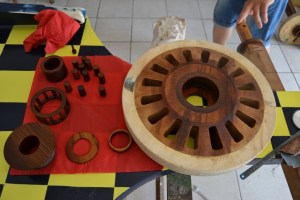 The course also includes full-width obstacles like hay bales. Teams are divided by community or “contrada”, and it was [Alessio]’s team captain who came to him with the special request of roller bearings. Unable to find evidence of other wooden bearings, [Alessio] knew he would have to invent them himself – so he did.
The course also includes full-width obstacles like hay bales. Teams are divided by community or “contrada”, and it was [Alessio]’s team captain who came to him with the special request of roller bearings. Unable to find evidence of other wooden bearings, [Alessio] knew he would have to invent them himself – so he did.
Continue reading “Wood-Only Kart Race Inspires Fancy Wooden Bearings”



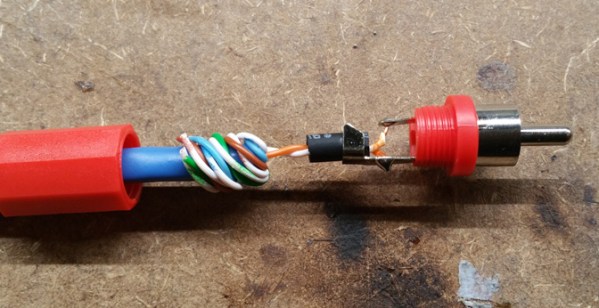
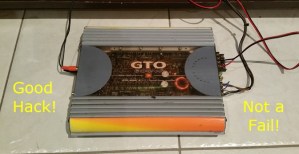
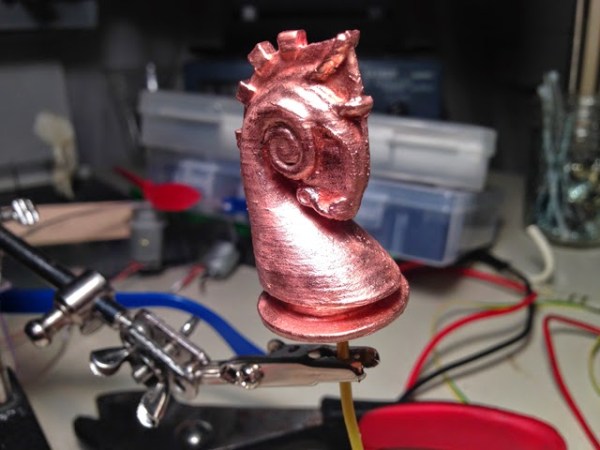

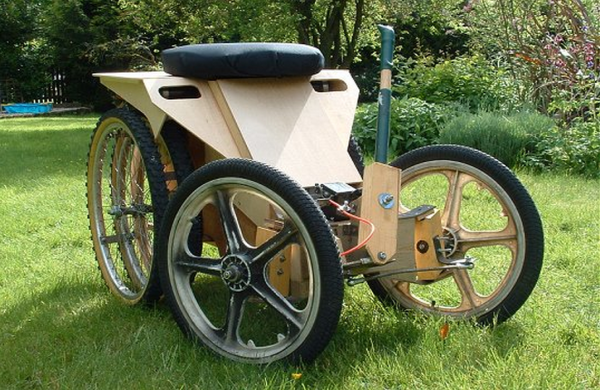
 [Ian] likes to build small Electric Vehicles and his most unique project is certainly this
[Ian] likes to build small Electric Vehicles and his most unique project is certainly this 










